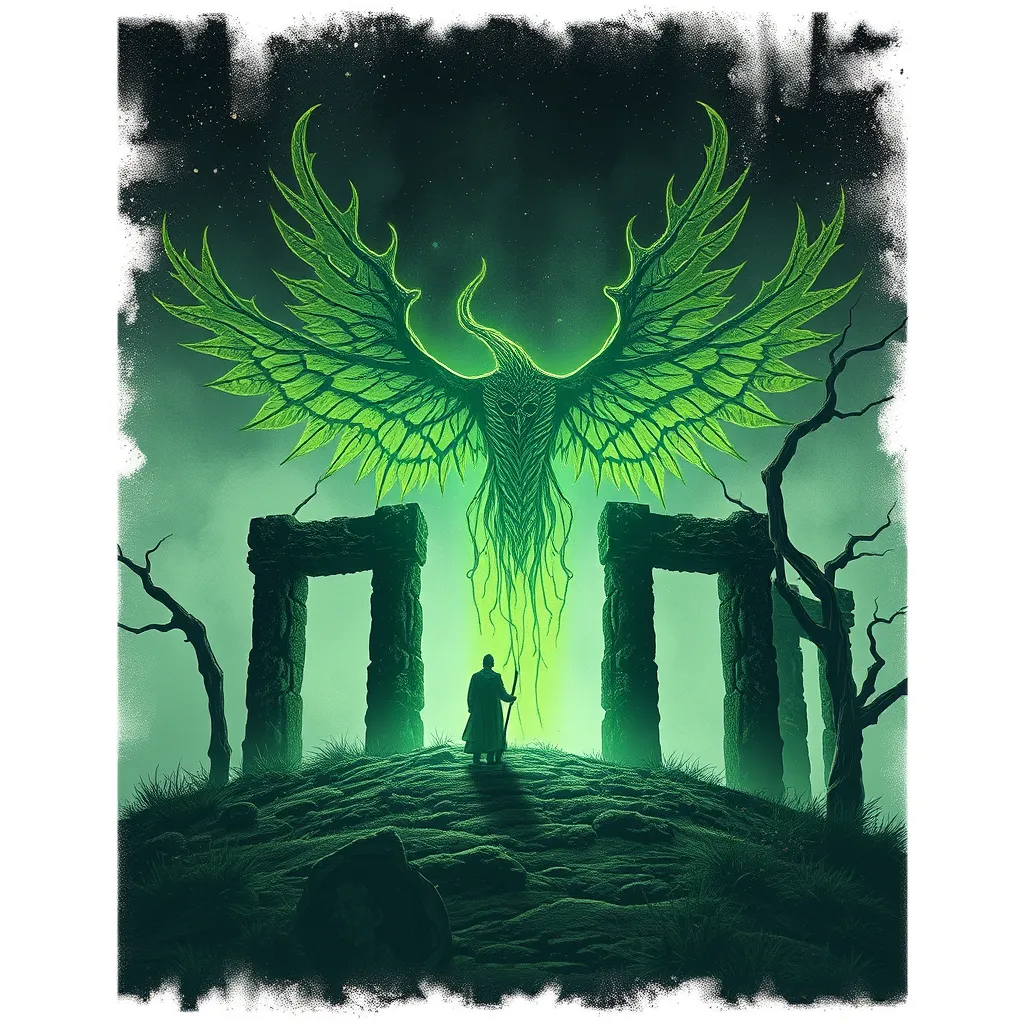Kitsune and the Family: Exploring the Fox Spirit’s Role in Japanese Family Legends
I. Introduction to Kitsune
Kitsune, the Japanese word for fox, holds a significant place in Japanese folklore and mythology. These mythical creatures are often depicted as intelligent beings with magical abilities, particularly the power to shape-shift into human form. The Kitsune is revered in Shinto beliefs, where it is seen as a messenger of Inari, the deity of rice, agriculture, and prosperity. This connection to agriculture and prosperity solidifies the Kitsune’s role as a guardian and benefactor.
However, Kitsune are not purely benevolent; they embody a dual nature that can be both helpful and mischievous. This complexity adds depth to their character, making them pivotal figures in various family legends. The purpose of this article is to explore the multifaceted role of Kitsune in Japanese family legends, examining their protective qualities, trickster behaviors, and transformative abilities.
II. Historical Roots of Kitsune in Japanese Culture
The origins of the Kitsune myth can be traced back to ancient Japan, where these creatures were associated with rice cultivation and agricultural prosperity. Historical texts from as early as the 8th century mention foxes in relation to Shinto beliefs, emphasizing their role as protectors of the rice fields and bringers of good fortune.
Over the centuries, the lore surrounding Kitsune evolved significantly. During the Heian period (794-1185), they began to be depicted in literature and art as mystical beings with human-like intelligence and emotions. This period marked a shift in perception, as Kitsune were increasingly viewed as benevolent spirits.
Furthermore, the influence of Shinto beliefs played a crucial role in shaping the perception of Kitsune. As messengers of Inari, Kitsune became symbols of fertility, prosperity, and protection, further embedding themselves in the cultural fabric of Japanese family life. The reverence for these creatures reflects a deep respect for nature and the spiritual world in Japanese traditions.
III. Kitsune as Protectors of the Family
Kitsune are often depicted as guardians and protectors of families. Many legends recount stories of families who have been blessed with prosperity and success due to the favor of a Kitsune spirit. These tales often highlight the Kitsune’s loyalty and dedication to protecting those they care for.
- Legends of Blessings: One famous tale tells of a poor family that, after helping an injured fox, found their fortunes changed. The Kitsune, in gratitude, brought them wealth and good harvests, ensuring their prosperity.
- Symbol of Family Success: Kitsune are also seen as symbols of family unity and success. Families that honor and respect these spirits may find themselves rewarded with harmony and abundance.
The symbolism of Kitsune in family life extends to their association with fertility and childbirth. Many families pray to Kitsune for blessings of children and safe pregnancies, further cementing their role as protectors.
IV. The Kitsune as a Trickster and Its Impact on Family Dynamics
In addition to their protective qualities, Kitsune are also known for their trickster aspect. They possess a playful, mischievous nature that can lead to humorous, yet sometimes troublesome, situations for families. These tales often serve as cautionary stories, warning against greed, deceit, and disrespect.
- Consequences of Mischief: Stories of a Kitsune playing tricks on unsuspecting villagers highlight the importance of humility and respect. Families that fall prey to a Kitsune’s trickery often learn valuable lessons about honesty and integrity.
- Moral Lessons: Each trickster tale carries a moral. For example, a story may illustrate the folly of greed, showing how families that act selfishly may end up losing everything, while those who are kind and generous are rewarded.
This duality of the Kitsune as both protector and trickster enriches family legends, providing entertainment while also imparting important life lessons about relationships and values.
V. Kitsune and the Theme of Transformation
One of the most intriguing aspects of Kitsune lore is their ability to shape-shift. This transformation is not only physical but also metaphorical, representing change and adaptability within family dynamics.
- Shape-Shifting Abilities: Kitsune can transform into beautiful women or men, often marrying humans and integrating into families. These narratives explore themes of love, sacrifice, and the complexities of human relationships.
- Transformation Narratives: Stories of Kitsune who transform often reflect the changing roles within a family, illustrating how love and loyalty can transcend boundaries.
The metaphorical significance of transformation in familial bonds highlights the importance of adaptability and understanding in maintaining harmony within families.
VI. Kitsune in Contemporary Family Stories
In modern Japan, the legacy of Kitsune continues to thrive, with contemporary adaptations and interpretations of their legends appearing in literature, film, and media. These modern stories often reflect current societal values and challenges faced by families.
- Modern Adaptations: Kitsune are depicted in various forms of media, from anime and manga to films, often showcasing their mystical qualities while also addressing contemporary issues.
- Storytelling Practices: Family storytelling around Kitsune remains a cherished tradition, with parents passing down tales to their children, instilling values and lessons about kindness, respect, and the importance of family.
These narratives not only preserve cultural heritage but also adapt to the changing landscape of Japanese society, showcasing the enduring relevance of Kitsune in family life.
VII. Regional Variations of Kitsune Legends
Kitsune legends vary significantly across different regions of Japan, influenced by local beliefs, customs, and historical contexts. Each area has its unique interpretation of the Kitsune myth, enriching the overall folklore.
- Regional Differences: In some regions, Kitsune are seen primarily as protectors, while in others, they may have a more malevolent reputation.
- Local Customs: Certain areas celebrate festivals dedicated to Kitsune, where families honor these spirits through rituals and offerings, showcasing the local customs associated with family life.
A comparative analysis of these regional interpretations reveals the diverse ways in which Kitsune have been integrated into the cultural identity of different communities in Japan.
VIII. Conclusion
In summary, Kitsune play a multifaceted role in Japanese family legends, embodying themes of protection, mischief, transformation, and cultural continuity. Their dual nature as both benevolent guardians and crafty tricksters reflects the complexities of family dynamics and the values upheld in Japanese society.
The enduring legacy of Kitsune in Japanese culture is a testament to their significance in family narratives, reminding us of the lessons of kindness, respect, and adaptability that are essential for harmonious family life. Ultimately, Kitsune stories continue to resonate in contemporary Japan, ensuring that these mythical fox spirits remain an integral part of family storytelling traditions.



